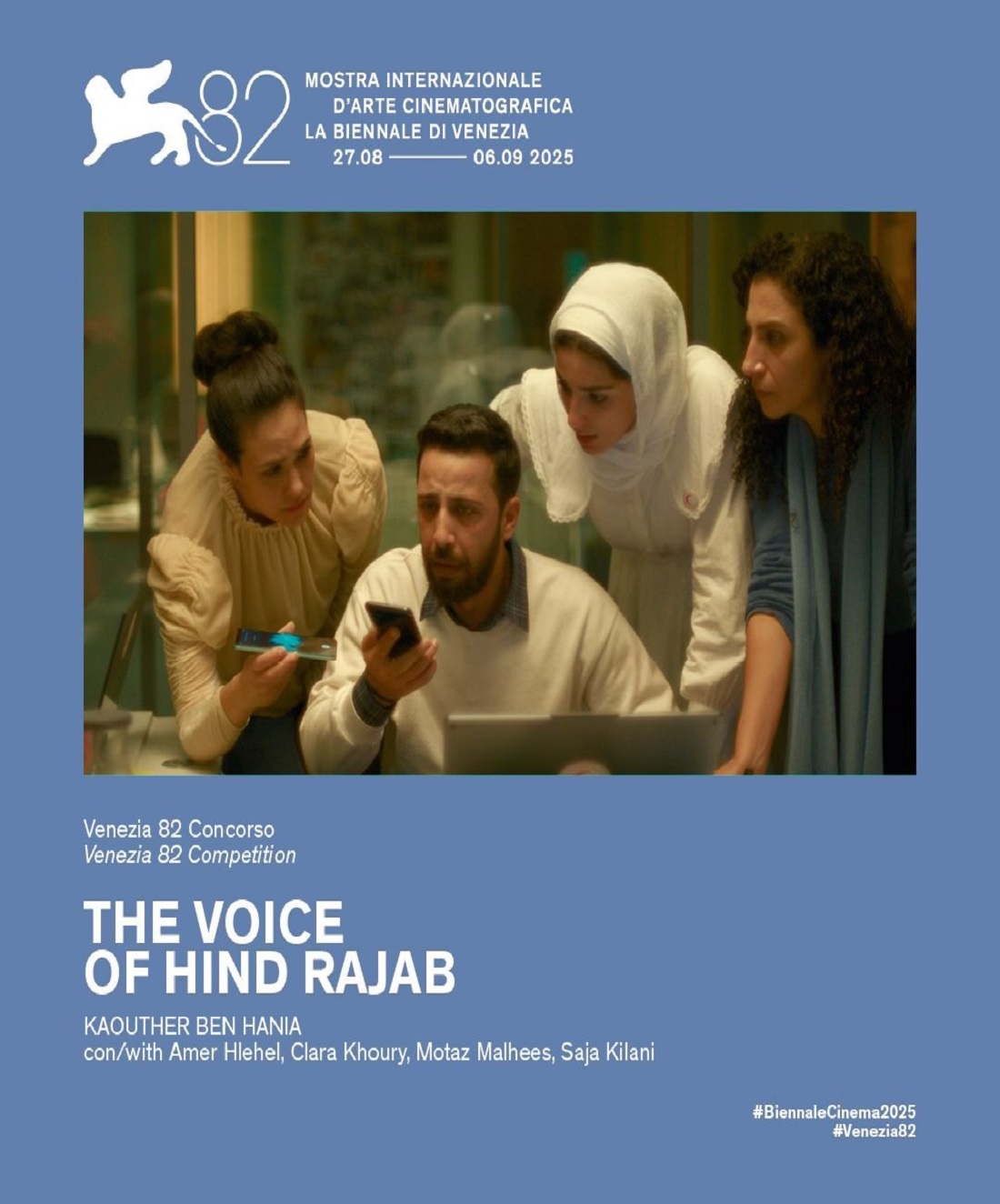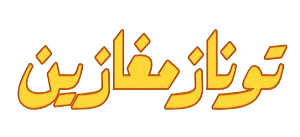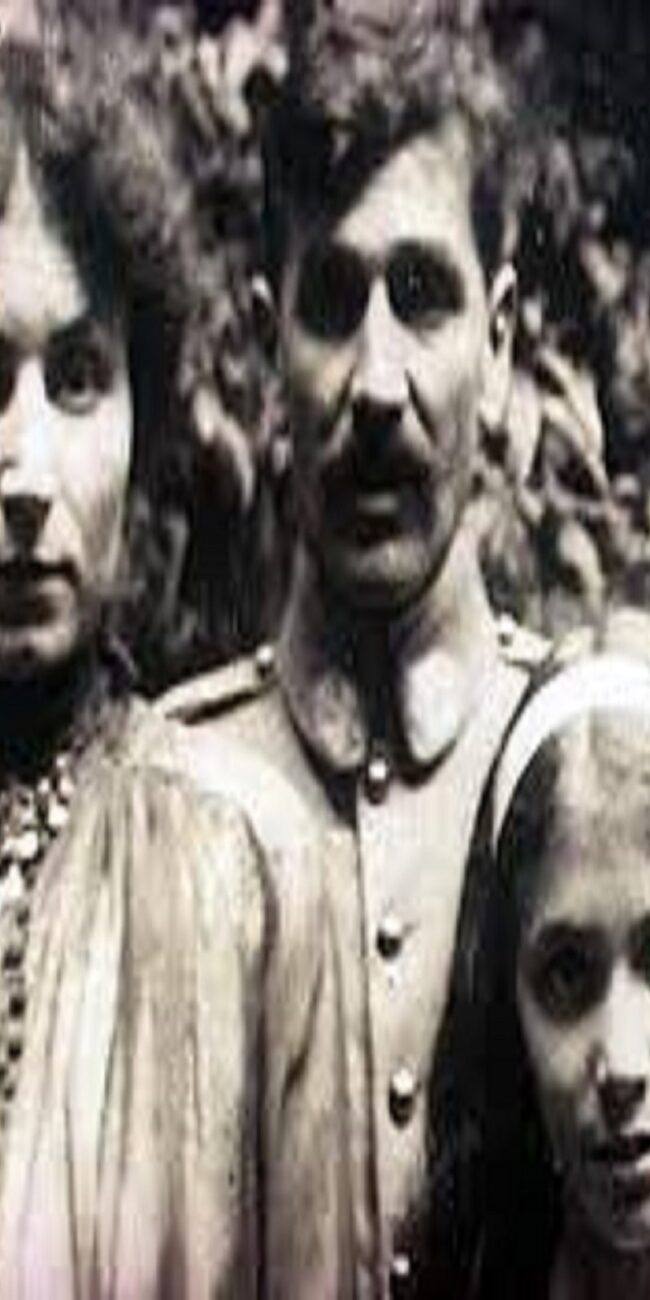
The voice of Hind Rajab
1.Introduction
2.Synopsis
3.The Real-life Tragedy
4.Direction and artistic vision
5.The sound-based narrative structure
6.Political and Social impact
7.Reception and Festival journey
8.The place of Kaouther Ben Hania in contemporary Cinema
- Introduction
Among the most anticipated films at the 2025 Venice Film Festival, The Voice of Hind Rajab emerges as a haunting and emotionally charged entry that transcends the boundaries of traditional narrative cinema. Directed by acclaimed Tunisian filmmaker Kaouther Ben Hania, this film does not merely tell a story; it captures a moment of truth, fear, and silence from one of the most harrowing episodes of recent history in Gaza.
Selected to compete for the Golden Lion at the 82nd edition of the festival, The Voice of Hind Rajab brings global attention to a real-life event that moved the world in early 2024, the final moments of a six-year-old girl trapped in a war zone, her voice relayed to the world through a desperate phone call for help.
- Synopsis
The film is based on the true story of Hind Rajab, a six-year-old Palestinian girl who died in Gaza City on January 29, 2024. After her family tried to flee an advancing military assault, their car was fired upon. Hind and her cousin were the only survivors initially, trapped in the vehicle as the sounds of war thundered around them.
For over an hour, Hind remained on the line with the emergency dispatchers of the Palestinian Red Crescent Society. Her tiny voice, filled with fear and desperation, was heard live by the responders, who promised help. They were unable to reach her. Eventually, all contact was lost, and days later, Hind and the rescue team sent for her were found dead near the vehicle.
This film reenacts that moment, not through visual spectacle, but through a sound-based narrative that retraces her voice and the voices of those trying to save her.
- The Real-Life Tragedy
The case of Hind Rajab made headlines across the globe. News outlets circulated the story widely, and the audio of her call became a symbol of the innocent lives lost in the chaos of conflict. Her death sparked protests, artistic tributes, and global conversations about the cost of war. Universities renamed buildings after her. Musicians like Macklemore composed tributes. In a world desensitized to suffering, her voice broke through the noise.
Kaouther Ben Hania was among the millions who heard the recording. But unlike others, she decided to make a film out of it. She paused all her other projects. The urgency of the story compelled her to take action. For her, this was no longer just another news story. It was a testament to the power of a child’s voice to confront the world with what war really means.
- Direction and Artistic Vision
Kaouther Ben Hania, known for Four Daughters (nominated for Best Documentary Feature at the 2024 Academy Awards), returns with another boundary-pushing concept. With The Voice of Hind Rajab, she crafts an audio-centric film that forgoes visual drama to focus on realism, emotion, and psychological immersion.
The entire film takes place in real time. Using the actual audio transcript as its backbone, the film avoids traditional dramatization. Instead, it leans heavily into the audio landscape, the rustle of air, the heavy breathing, the helpless chatter of emergency responders, and the static-filled line connecting two worlds that never meet.
Ben Hania’s decision to strip the film of visual distraction allows for a visceral listening experience. The viewer becomes a silent observer, much like the dispatchers on the other end of the phone, forced to endure the tension, the helplessness, and the fading voice of a little girl whose fate was already sealed.
- The Sound-Based Narrative Structure
What sets The Voice of Hind Rajab apart from any other war film is its unique reliance on sound. Rather than employing actors and sets, the film is driven almost entirely by voices. There are no visible characters. There are no scenes of conflict or destruction. The war is never seen, only heard.
This artistic choice is a radical act in itself. It emphasizes the disembodied nature of modern war, where most of the world experiences suffering through devices and screens. It mimics how the story was received in real life, through a phone call, through the media, through sound bites.
Every silence in the film, every gasp, every delay on the line carries immense weight. The absence of visuals forces the audience to imagine, to internalize, and to empathize in a way that typical war imagery can no longer achieve.
- Political and Social Impact
The film is not just a cinematic achievement. It is a statement.
By spotlighting the story of Hind Rajab, Ben Hania amplifies a voice that was momentarily heard and quickly buried by the ongoing churn of the news cycle. The film urges viewers to listen, to stay with the discomfort, and to reflect on the conditions that made such a tragedy possible.
In many ways, the film is a protest. It speaks against silence, against complicity, and against the normalization of civilian deaths in war zones. It reclaims the narrative from political spin and military jargon. Through Hind’s voice, the film brings us closer to the raw truth, that behind every statistic is a human story worth remembering.
- Reception and Festival Journey
Selected for the main competition at the 2025 Venice International Film Festival, The Voice of Hind Rajab has already created a stir among critics and cinephiles. Early screenings have left audiences in stunned silence, with some critics calling it one of the most emotionally devastating films of the decade.
The film’s minimalist approach is being praised as a masterclass in restraint and emotional control. It stands in contrast to the sensory overload of most contemporary cinema, offering instead a meditative, harrowing experience that stays with the viewer long after the final minute.
Ben Hania’s participation in Venice cements her as a leading voice in world cinema, one unafraid to challenge conventions, provoke thought, and rehumanize the victims of geopolitical violence.
- The Place of Kaouther Ben Hania in Contemporary Cinema
Over the past decade, Kaouther Ben Hania has emerged as one of the most compelling filmmakers in the Arab world. From her experimental drama Beauty and the Dogs to the internationally acclaimed Four Daughters, she consistently crafts stories that blend form and substance with daring precision.
Her work often centers on female voices, marginalization, and structural injustice. With The Voice of Hind Rajab, she pushes this commitment further by making a child’s final words the heart of her cinematic universe.
Her ability to blend journalistic urgency with artistic integrity places her among the few filmmakers working today who are willing to confront painful truths without sensationalism.
- Conclusion
The Voice of Hind Rajab is not an easy film to watch, or rather, to listen to. It is not designed for entertainment. It is designed to remember, to mourn, and to bear witness.
In a world where wars are fought over territory, ideology, and power, this film reminds us of what is truly at stake: the lives of innocent people, the silenced voices of children, and the urgency of remembering those who had no chance to grow up.
By giving Hind’s voice a place in cinema history, Kaouther Ben Hania has done more than make a film. She has created a memorial, one that echoes far beyond the closing credits.
It is a film that forces us to ask what we would do if we were on the other end of the line
And more importantly, would we listen
Running Time: 89 minutes
Languages: Arabic and English
Produced by: Nadim Cheikhrouha, Odessa Rae, James Wilson
Country: Tunisia, France, United Kingdom
Director: Kaouther Ben Hania






